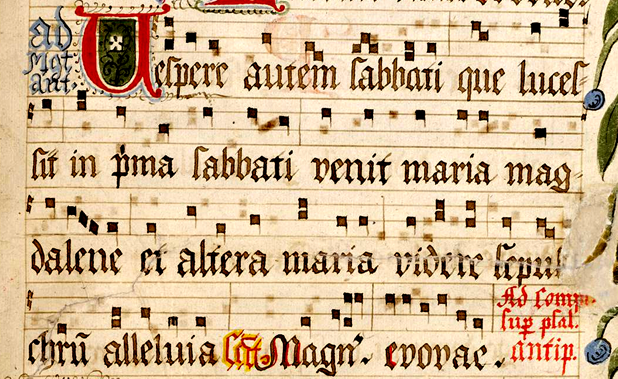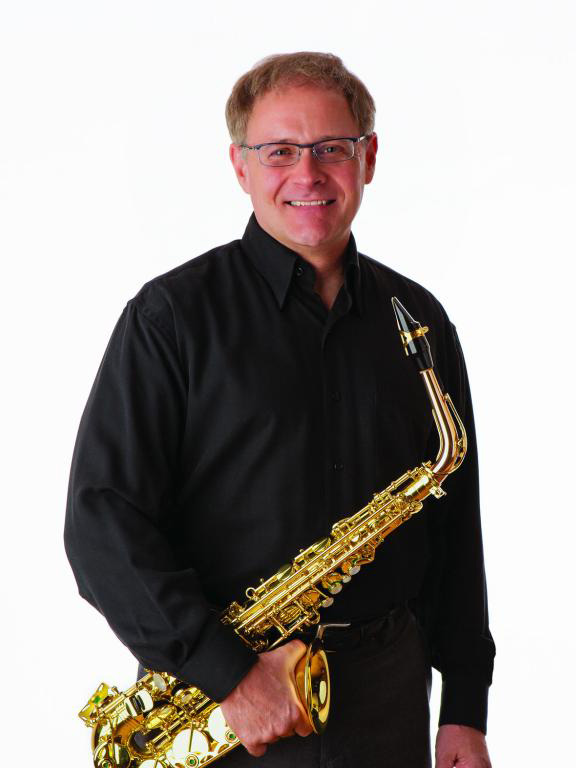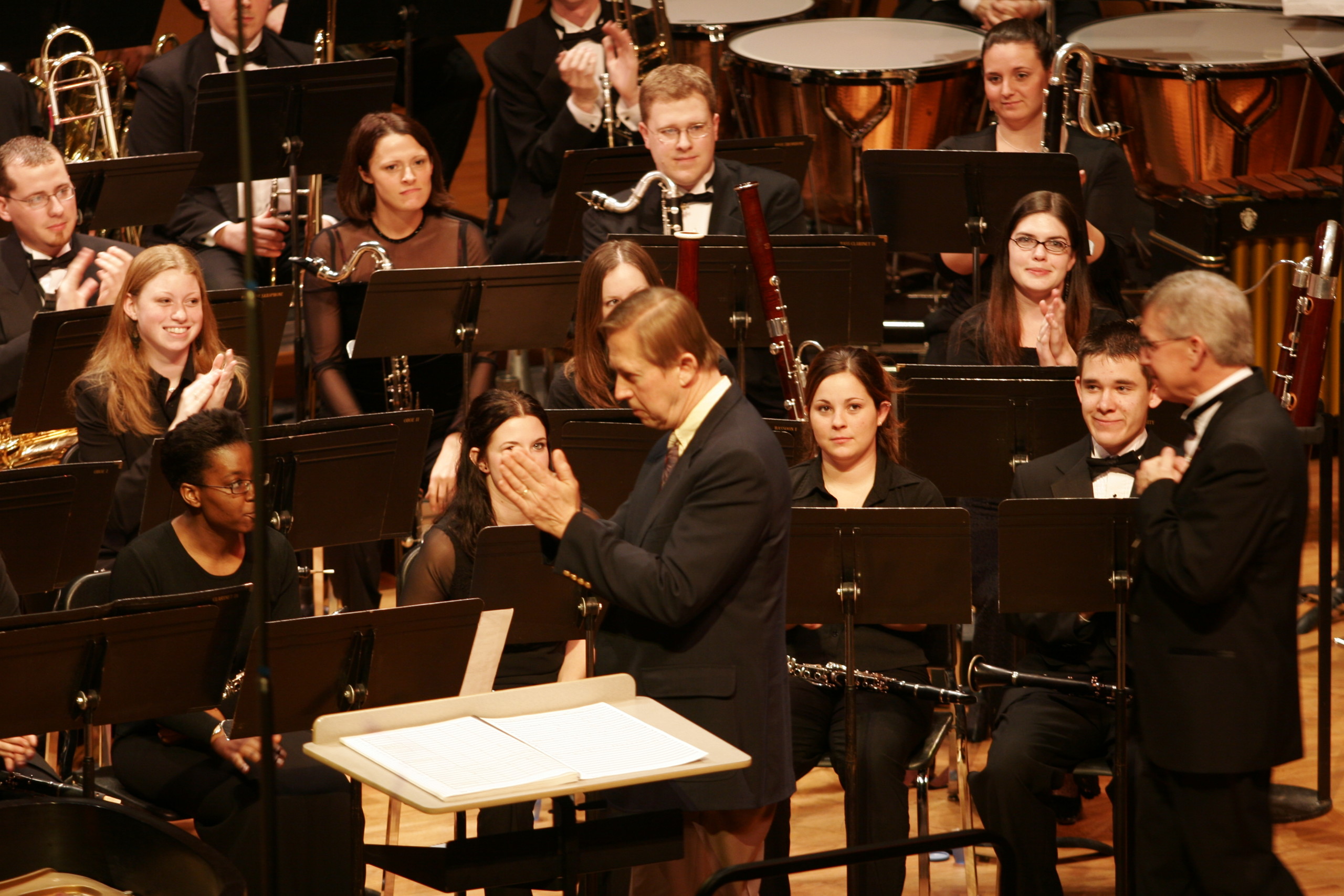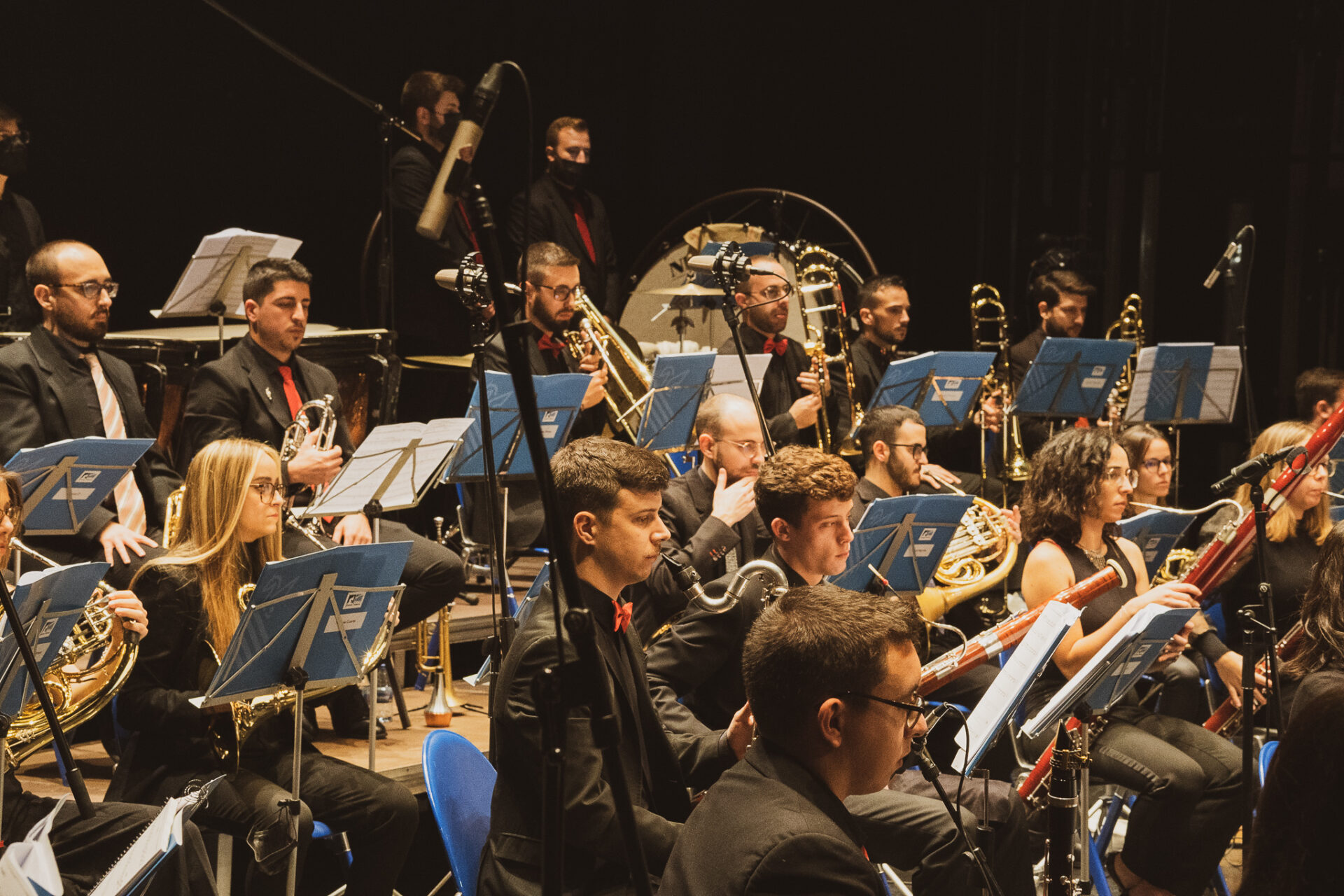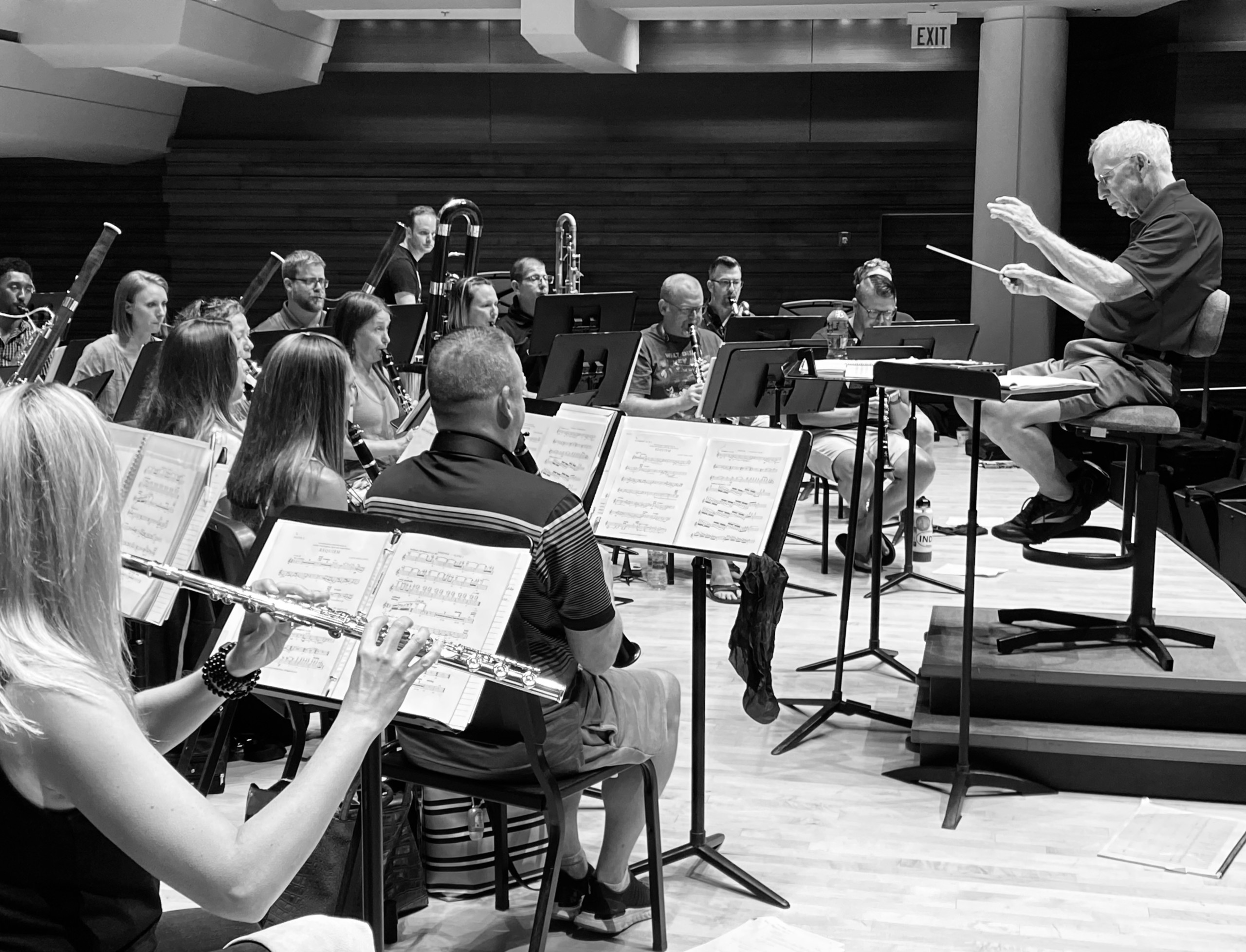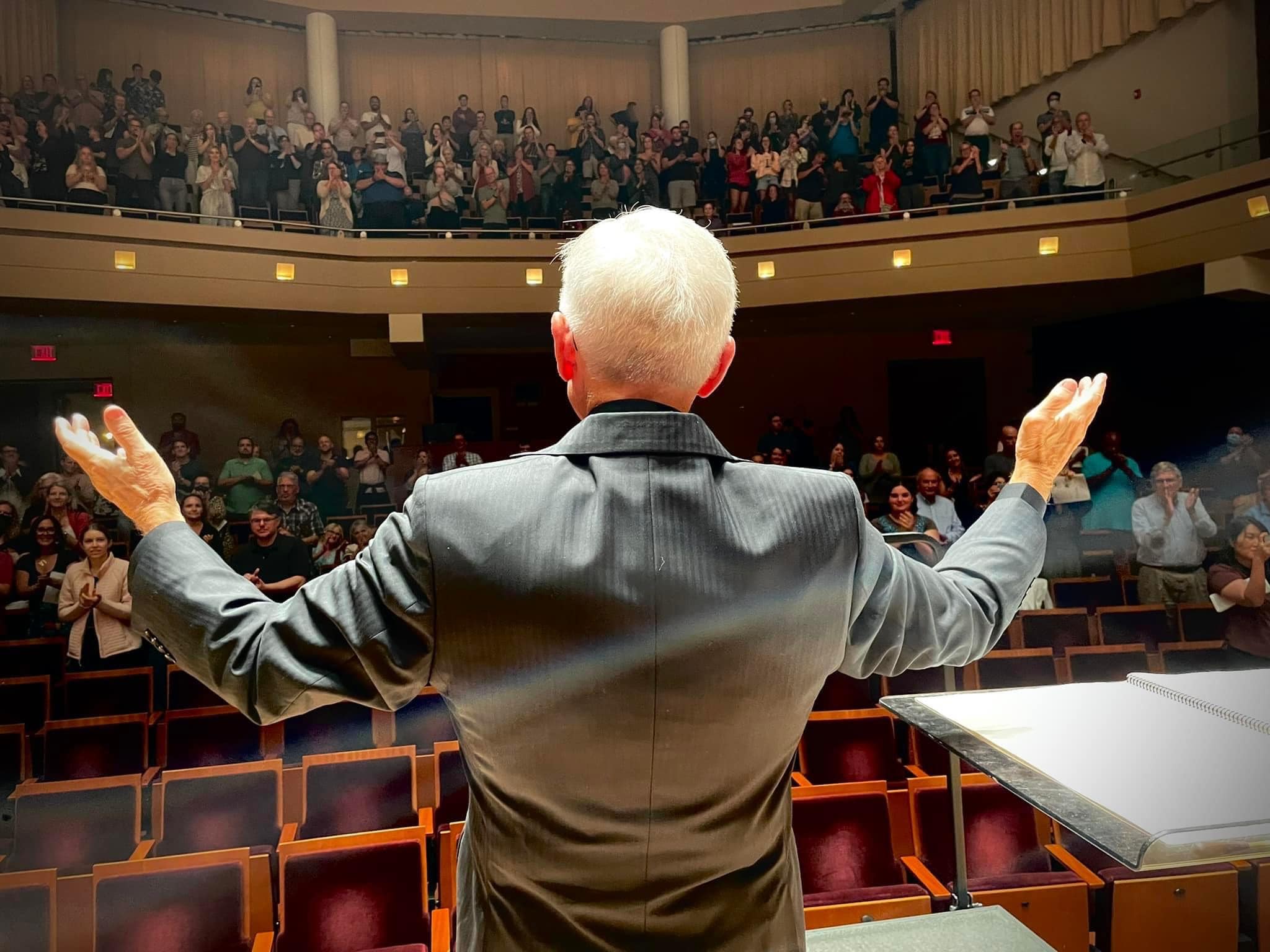Maslanka Weekly highlights excellent performances of David Maslanka’s music from around the web.
David Maslanka was an avid reader and would often receive inspiration for his music from texts he read, both old and new. This week, we examine three of David’s works that include or were influenced by Latin text: Mass, Liberation, and Prelude on a Gregorian Tune.
Mass
From Maslanka’s original Program Note:
I have come to understand that transformation is the main theme of my life. Over the course of many years and a long inner journey, I have gravitated toward the Latin Mass as the significant statement of transformation. If I have gravitated toward the Mass, I must also acknowledge the action of God in all the years of my life, especially in the years of turmoil and uncertainty, moving me toward this point of opening and understanding. If transformation is the issue, then transformation toward what? The center of the Mass is the Credo, and the center of the Credo is the Crucifixus. For me the Crucifixus symbolizes the opening of the ego, and the Resurrexit the birth of the inner child. The whole of the Mass supports and makes plain this inner transformation and its result: the heart of love, the voice of praise, the assurance that the universe is ultimately personal and that no one is lost. In mysterious statements and in a “dead” language, the Mass texts speak to the opening of the heart and its connection to God.
Almost from the start of my thinking about the Mass, I was moved to include the “female creative,” or the “Holy Mother,” an image which has arisen in many forms in my meditative life. I asked my friend Richard Beale to consider the problem. His marvelous and almost instantaneous response was Hymn to Sophia, Holy Wisdom, a set of seven poems on the “Holy Mother” theme, which I have used as preludes to the Latin texts. I must say that the awareness of the “Holy Mother” has become over a number of years the significant catalyst for my creative work, and I acknowledge this presence in my life with a sense of wonder and gratitude.
Watch below as Chris Chapman leads Soprano Amy Hansen, Baritone Nicolai Strommer, The Oregon State University Wind Ensemble, The Oregon State University Chamber Choir, and the Corvallis Repertory Singers in the West Coast premiere of the entirety of David Maslanka’s Mass.
More info
- Chris Chapman
- Amy Hansen
- Nicolai Strommer
- Oregon State University Bands
- Oregon State University Choral and Vocal Music
- Corvallis Repertory Singers
- Mass @ davidmaslanka.com
Liberation
According to Dr. Jacob Wallace’s original Program Note:
After a brief introduction with a fivefold chiming of bells, the chant begins in earnest. Dr. Maslanka retains an element of performance practice within the Gregorian chant by using a host of mixed and asymmetric meters during the singing, imitating the free neumatic style present in the original. This chant is presented over the course of the work in three major sections, sung by the ensemble in unison octaves and delineating the larger formal structure of both the source text and the musical events, which mimic the contextual meaning of the words. For instance, the phrase, “Dum veneris judicare sæculum per ignem” (“When thou shalt come to judge the world by fire”), immediately precedes an upward scalar rippling in the woodwinds that becomes sequentially more intense as it repeats, like the flickering of flames consuming an object. Brash fanfares then exclaim the implied fearfulness and wrath.
The first of two interludes takes some of these fanfare motives and develops them joyfully, with robust rhythmic energy in statements by the oboe, soprano saxophone, and flute, but this eventually dissipates into the trembling of “Tremens factus….” In this second section, as the ensemble resumes the text, more of the instrumentalists are drawn to join and imitate their chanting (the notable outlier being the trumpets, who bark out an angrily dissonant interjection accompanying the words “calamitatis et miseriæ” (“calamity and misery”). The repetition of “Dum veneris” is not explicitly sung, but implied through the continuing chant-like melody of the tutti winds before the flames take hold once more. The final section mourns, but with a sense of tranquility. The texture here is sparsely barren with the orchestration of the coda stripped down to two quartets (the first: flute, alto flute, clarinet, and bass clarinet; the second: alto saxophone, contrabass, piano, and vibraphone). This ending shows true hopefulness, with brief recollections of the earlier vitality serving as a nostalgic remembrance of the deceased.
Watch below as Timothy Shade leads the Wichita State University Symphonic Wind Ensemble in a thrilling performance of this music.
More info
- Timothy Shade
- Wichita State University Symphonic Wind Ensemble
- Liberation @ davidmaslanka.com
Prelude on a Gregorian Tune
According to Maslanka, “The tune which inspired the Prelude on a Gregorian Tune originated in the Liber Usualis, the traditional book of words and music for Christian services. The music is from a short Responsory: “Christ, Son of the Living God, Have mercy on us.”
Prelude on a Gregorian Tune evokes the ancient Christian mysticism as found in the music and words of Gregorian chants. This mild and harmonious work is a non-sectarian piece, which emerges as a small ritornello form, ABABA. Watch bellow as Bradley Morrison leads the Youth Wind Ensemble of Westchester in a gripping performance of this work.
More info
- Youth Wind Ensemble of West Chester
- Prelude on a Gregorian Tune @ davidmaslanka.com
We would love to hear from you! If you know of any outstanding performances of David Maslanka’s music on the web, please email us at maslankaweekly@maslanka.org.
